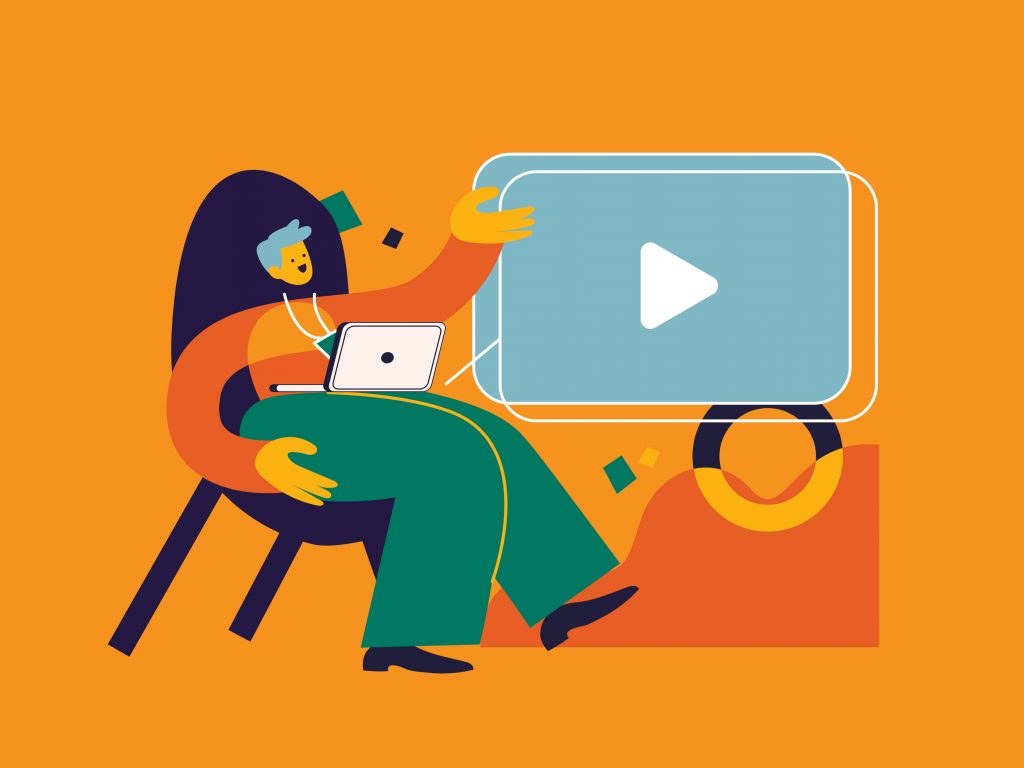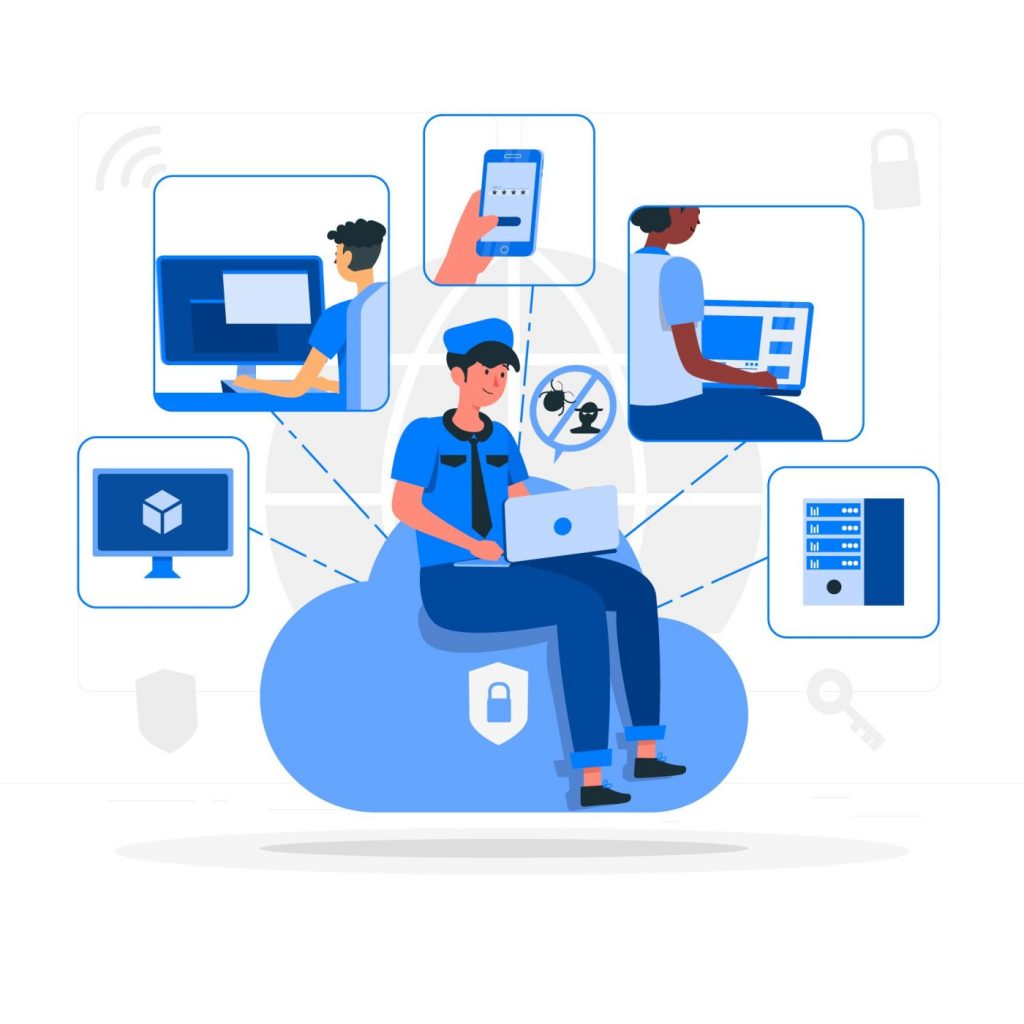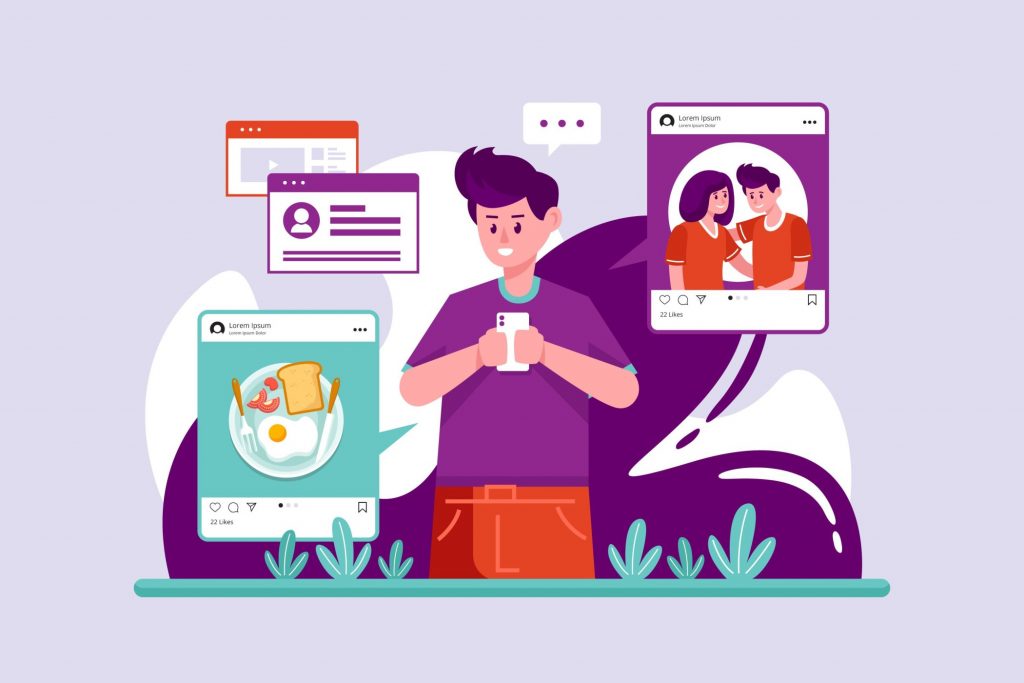Ever wondered how tiny robots deliver medicine inside your body, or how a new device zaps away pain? Medical device animation brings these wonders to life, making complex concepts clear and engaging for everyone. But the world of animation is always evolving, so staying ahead of the curve is crucial. Let’s dive into the exciting future trends in medical device animation in 2025!
Definition of Medical Device Animation
Medical device animation involves the use of animated visuals to explain and illustrate complex medical concepts, procedures, and products. It serves as a powerful medium for conveying information in a visually engaging and comprehensible manner.In the ever-evolving landscape of healthcare, staying informed about the latest trends in medical device animation is crucial. It not only enhances communication within the industry but also ensures that professionals can harness the most effective tools for educating both colleagues and the public.

Future Trends in Medical Device Animation in 2025
As we set our sights on the horizon of 2025, the world of medical device animation is poised for exciting developments. These emerging trends will redefine how we communicate complex medical concepts and enhance the overall healthcare experience.
1. Short Form Animations
In the dynamic landscape of medical device animation, one trend stands out prominently for 2025 – the surge in popularity of short-form animation. Short-form animation refers to animations that are concise and typically under 5 minutes in length. These bite-sized videos are taking the spotlight and reshaping the way we communicate complex medical information. Let’s explore how short form animations transform medical device animation below:
1.1. Condensed and Digestible Information
People today are accustomed to consuming information quickly, and long-form video content often struggles to compete. Short-form animation grabs attention fast and delivers key messages about medical devices concisely. In addition, most information consumption happens on mobile devices, and short-form animations are perfectly suited for these smaller screens.
1.2. Versatility in Platforms
Short-form animations are adaptable to various platforms, including websites, social media, presentations, and training modules. This versatility allows for the widespread dissemination of crucial medical information, reaching diverse audiences across different channels.
As we navigate through 2025, the trend of using short-form animation for medical device animation shows no signs of slowing down. Consider using short healthcare explainer videos to promote and explain your medical device – it’s a smart move. If you’re looking for a studio to help with medical device animation, look no further. F.Learning Studio offers a service for short animations that will enhance how your medical device information is presented. Get in touch with us here for a quote and more details.
2. Cultural sensitivity and diversity
The medical device animation landscape is undergoing a shift towards greater cultural sensitivity and diversity, reflecting a broader societal push for inclusivity and representation.
2.1. Representation of diverse characters and body types
Medical device animations will depict a wider range of ethnicities, races, genders, sexual orientations, abilities, and ages to resonate with a more global audience. Body types will be more varied, moving away from idealized physiques and showcasing realistic proportions that reflect the diversity of the population.
2.2. Culturally appropriate messaging and visuals
These days, the importance of culturally appropriate messaging and visuals cannot be overstated. This involves a thoughtful collaboration between animators and cultural consultants to ensure that the content resonates with diverse audiences and avoids any potentially insensitive portrayals.

Animators will be more actively engaged with cultural consultants with expertise in the specific cultural nuances relevant to the target audience. These consultants provide valuable insights to ensure that the animation aligns with cultural norms, values, and sensitivities.
3. Hybrid Animation
Hybrid animation involves combining traditional hand-drawn or 2D animation with computer-generated 3D animation, creating a seamless blend of both approaches. Combining 2D and 3D elements in medical device animation is a growing trend in 2025, and for good reason! It offers several advantages and exciting possibilities.
3.1. Fusion of Dimensions
Combining 2D and 3D elements creates a visual depth that goes beyond traditional flat visuals. The incorporation of 3D models into a 2D environment adds realism and a sense of three-dimensionality, making the animation more visually compelling. This combination can also help in achieving depth without overwhelming the viewer. It strikes a balance where 3D elements are strategically employed to enhance specific aspects, such as showcasing the intricate details of a medical device, while maintaining the overall clarity of the animation. Below is an example of a hybrid animation video from Cast Pharma.
3.2. Versatility in Representation
3D elements introduce dynamism into the animation. Moving parts of a medical device, mechanisms, or processes can be presented with a heightened sense of realism, making the content more captivating and memorable. Moreover, while incorporating 3D, the simplicity and clarity of 2D visuals are retained. This ensures that the animation remains approachable and user-friendly, catering to a diverse audience with varying levels of technical expertise.
4. Artificial Intelligence
Artificial intelligence (AI) is a broad field encompassing technologies that enable machines to perform tasks typically associated with human intelligence. The world of medical device animation is experiencing a renaissance, driven by the increasing power of Artificial Intelligence (AI). This integration is creating a shift beyond traditional animation, paving the way for hyper-personalized, interactive, and data-driven learning experiences for patients and healthcare professionals alike.
4.1. Chatbots & Virtual Assistants
Imagine watching an animation explaining a new surgical tool and immediately having your questions answered by a knowledgeable voice within the animation itself. This is the magic of AI-powered chatbots and virtual assistants. They transform passive viewing into active learning, fostering dialogue and ensuring a deeper understanding of complex medical concepts. This on-demand support empowers patients to take control of their healthcare journey, asking questions and clarifying doubts in real-time.
4.2. Machine Learning
Machine Learning (ML) algorithms, with their data analysis prowess, are revolutionizing how animations adapt to individual needs. By analyzing user behavior like viewing patterns, engagement time, and click-throughs, ML can personalize the animation experience. Imagine an animation about a new medication adjusting its content based on your learning style (visual or auditory), highlighting potential side effects relevant to your medical history, or offering alternative explanations if you seem confused. This personalization ensures the information resonates with each viewer, maximizing its impact and relevance.
5. Augmented Reality/Virtual Reality (AR/VR)
The world of medical device animation is transcending the limitations of traditional 2D screens, embracing the exciting realm of Virtual Reality (VR) and Augmented Reality (AR). This immersive storytelling approach is revolutionizing how patients and healthcare professionals learn about and interact with medical devices, fostering deeper engagement, enhanced understanding, and improved training outcomes.
5.1. Augmented Reality (AR)
Augmented Reality (AR) is a technology that superimposes digital information, such as images, sounds, or text, onto the real-world environment. Imagine holding a medical device and seeing its internal components highlighted, or viewing an animation that guides you through the assembly process step-by-step, all through your smartphone or tablet. Awesome right? AR animations offer:
- On-demand, in-context learning: Healthcare professionals can access device information and procedures right at the point of care, improving decision-making and efficiency.
- Interactive maintenance and troubleshooting: AR animations can guide users through complex maintenance procedures or provide real-time troubleshooting assistance, minimizing downtime and ensuring optimal device performance.
See below an example from WoWExp on applying AR to showcase medical equipments:
5.2. Virtual Reality (VR)
Virtual Reality (VR) is a computer-generated simulation of a three-dimensional environment that can be interacted with and explored by individuals through the use of specialized hardware and software. Imagine virtually stepping into the operating room, manipulating a new surgical tool in your hands and receiving real-time feedback on your technique. This is the power of VR. By creating interactive, 360-degree environments, VR animations transport users into the heart of the medical device’s application. This immersive experience allows for:
- Enhanced spatial understanding: Users can grasp the device’s size, functionality, and interaction with the surrounding environment in a way that static animations cannot replicate.
- Realistic procedural simulations: Surgeons can train on virtual patients in a safe, controlled environment, practicing procedures and honing their skills before entering the real operating room.
See below an example from WorldViz on showcasing medical equipment in VR:
Challenges and Considerations for Creating Medical Device Animation
Medical device animation holds immense potential in educating patients, empowering healthcare professionals, and ultimately improving healthcare outcomes. However, exploring this exciting domain presents a unique set of challenges and factors to carefully consider, particularly in the areas of ethics, privacy, and regulatory compliance. Here’s a deeper dive into each:
1. Ethical Considerations
From ensuring accuracy and transparency to safeguarding privacy and respecting cultural sensitivities, ethical considerations are vital for creating responsible and impactful animations.
1.1. Accuracy and transparency
Animations should accurately portray device functionalities, limitations, and potential risks, avoiding misleading embellishments or oversimplifications. Transparency is crucial for ethical communication with patients and healthcare professionals.
1.2. Informed consent and data privacy
When collecting user data during interactive animations, informed consent must be obtained, and data privacy regulations must be strictly adhered to.

1.3. Avoiding bias and discrimination
Animations should be inclusive and representative of diverse populations, avoiding stereotypes or generalizations that could perpetuate healthcare disparities.
1.4. Respect for cultural sensitivities
When targeting global audiences, cultural sensitivities regarding healthcare practices, symbols, and imagery must be carefully considered to avoid causing offense or undermining trust.
2. Privacy and Security Concerns
The rise of interactive medical device animations presents a unique opportunity to improve patient education and healthcare outcomes. However, embracing this digital frontier also means ensuring the confidentiality and security of sensitive patient information. Let’s find out below.
2.1. Data collection and usage
The type of data collected through interactive animations needs to be clearly defined and justified. Its usage should be limited to intended purposes and anonymized whenever possible.
2.2. Cybersecurity measures
Robust cybersecurity measures should be implemented to protect user data from breaches and unauthorized access.

2.3. Third-party involvement
If involving third-party platforms or technology providers, their data security practices and compliance with relevant regulations must be thoroughly evaluated.
3. Regulatory Landscape and Compliance
The regulatory landscape and compliance are critically important in medical device animation. Adhering to regulations ensures that animations accurately represent medical devices, adhere to industry standards, and meet legal requirements. This is crucial for patient safety, maintaining credibility, and avoiding legal issues for both healthcare professionals and animation creators.
3.1. Regulatory requirements
Medical device animations may fall under different regulatory frameworks depending on their content, purpose, and intended audience. It’s crucial to understand and comply with relevant regulations, such as those governing medical device marketing, data privacy, and advertising.
3.2. Global considerations
When reaching international audiences, navigating varying regulatory landscapes across different countries adds complexity. Consulting with legal and regulatory experts is essential.
3.3. Regular review and updates
Regulations are constantly evolving, so animations need to be regularly reviewed and updated to ensure ongoing compliance.
Future Outlook for Medical Device Animation
Medical device animation has already transformed how patients learn and healthcare professionals practice, but its evolution is far from over. As technology advances and ethical considerations are addressed, exciting new possibilities are emerging, promising a future where medical device animation is even more immersive, personalized, and impactful.
1. Predictions for Continued Evolution
1.1. Personalized experiences
Machine learning algorithms will tailor animations to individual needs, adapting content and language based on learning styles and patient profiles. Viewers will be able to watch animation explaining a new medication that adjusts its pace and complexity based on their prior medical knowledge.

1.2. Multimodal learning
Animations will seamlessly blend traditional 2D and 3D visuals with AR/VR elements, creating truly immersive learning experiences. “Holding” a medical device and practicing a procedure in a simulated environment will no longer be a dream.
1.3. Data-driven development
User data analysis will inform future animation design, ensuring they are effective, engaging, and address evolving needs. Imagine animations dynamically adapting to feedback from healthcare professionals and patients.
2. Potential Breakthroughs and Innovations
2.1. Haptic feedback and sensory integration
Animations will incorporate haptic feedback to mimic the feel of real medical devices, further enhancing the learning experience. Patients and healthcare professionals will soon be able to feel the resistance of a surgical instrument during a virtual simulation.
2.2. Biometric analysis and emotional response
Animations might integrate biometric sensors to gauge user engagement and emotional state, adapting content and delivery in real-time. Animations will adjust its pace or complexity based on a viewer’s level of confusion or anxiety.
2.3. Augmented Reality Surgery
Overlaying real-time medical device animations onto a surgeon’s field of view during surgery could improve precision and guidance, especially for complex procedures
Conclusion
As medical device animation enters 2025, short-form content, cultural sensitivity, technology integration, and ethical considerations will be at the forefront. By staying informed and adapting to these trends, professionals can leverage the power of animation to create impactful educational experiences that benefit patients and healthcare professionals alike.
Let F.Learning Studio be your partner in navigating this exciting future of medical device animation. Contact us here for a quote and free animation consultation to animate your medical device.



